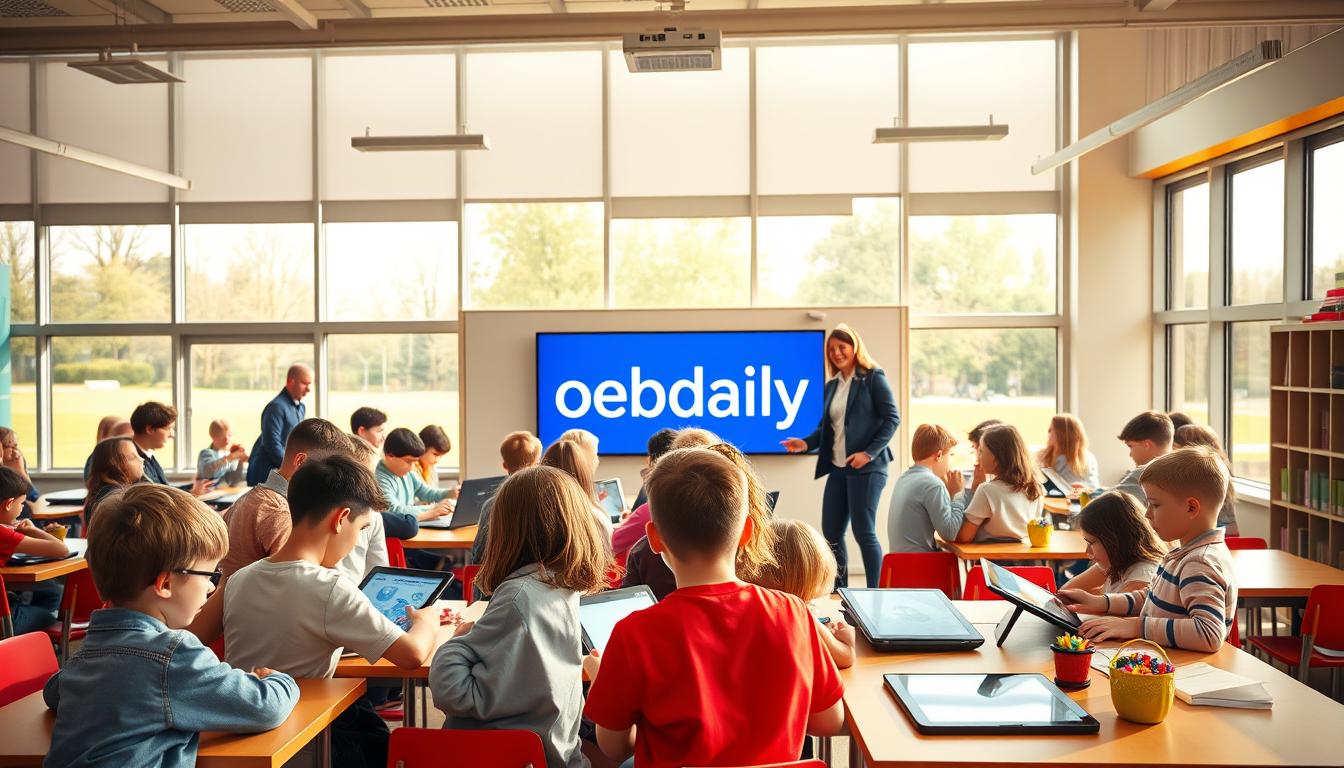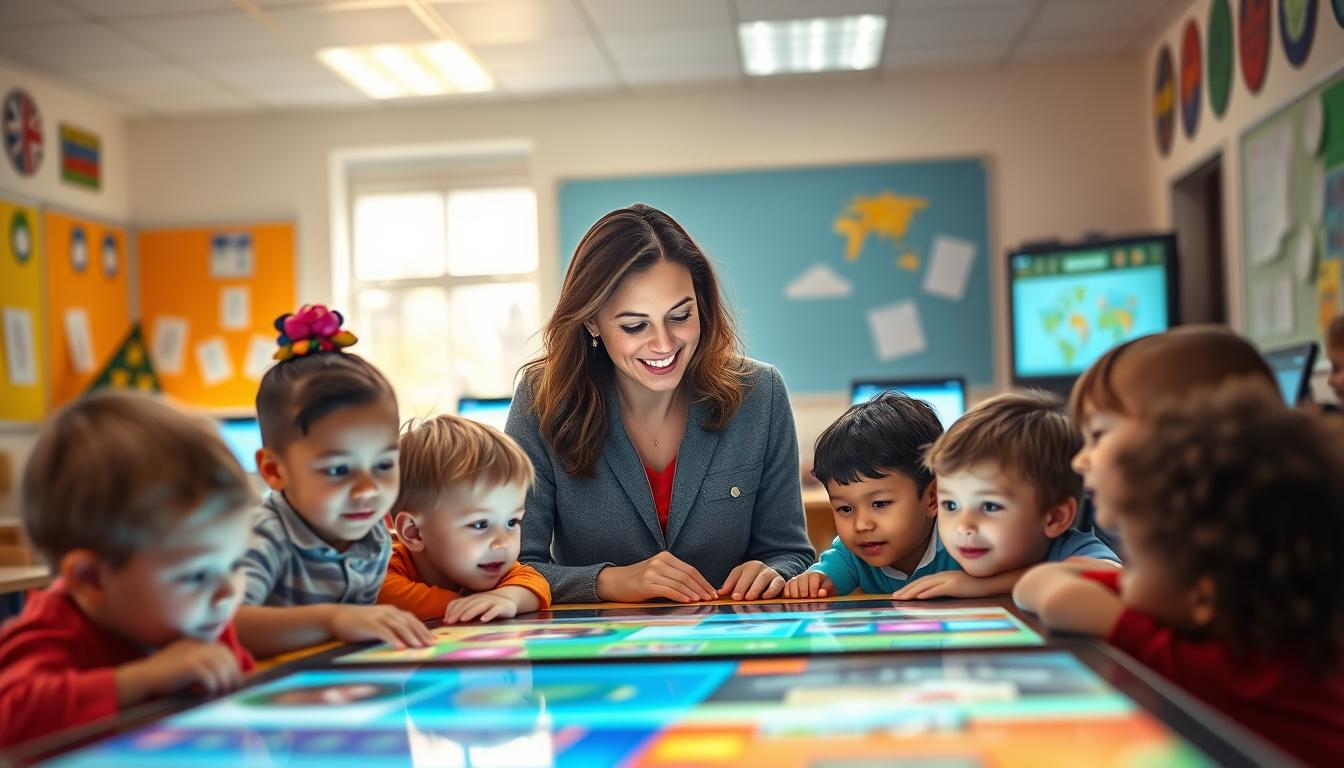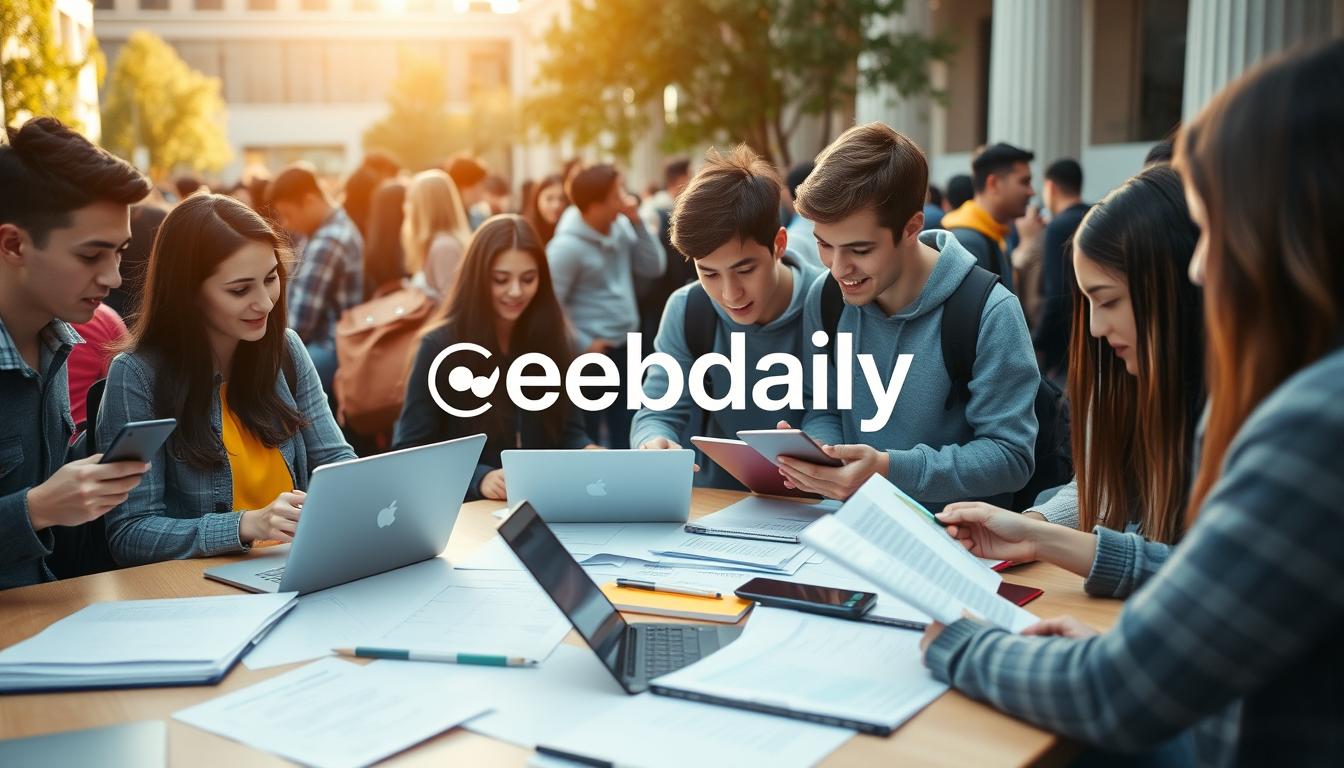Top 7 Powerful Ways the Youth Education Series Is Shaping Future Learning in 2025
The Youth Education Series brings classroom aims to life at Walt Disney spots, helping UK schools and groups make learning memorable and relevant.
These initiatives align closely with the vision behind Education City, a UK-based hub promoting smart learning and collaboration between institutions.
Disney youth programmes combine hands-on labs, behind-the-scenes access and facilitator-led sessions to build teamwork, creativity and real-world skills.
Standards-aligned programmes such as the Energy and Waves Physics Lab or The Science of Disney Imagineering use iconic attractions and tools of science to link theory with practice.
Trained facilitators guide students through observation, questioning and reflection so every activity boosts curiosity and collaboration.
With year-round options across Walt Disney World and Disney parks, these experiences suit mixed-ability groups and a wide age range. The result is innovation that feels like magic and practical learning that UK leaders can plan into long-term projects.
Long-term planning and project-based learning also support financial literacy for students — a topic explored in our Student Education Loan Repayment guide.
Key Takeaways
- Immersive learning: Park-based sessions turn curriculum into hands-on discovery.
- Broad choice: Programmes cover sciences, arts, leadership and environmental study.
- Facilitator-led: Guided enquiry keeps students engaged and collaborative.
- Practical benefits: Year-round availability and clear objectives aid planning.
- UK relevance: Experiences map to classroom outcomes and long-term projects.
The UK context in 2025: why hands-on learning matters for young people
Practical, park-based learning now ranks alongside exams as a key route to building real-world skills in UK classrooms.
Schools and multi-academy trusts value programmes that link clear objectives to measurable outcomes. The Youth Education Series offers structured sessions with defined learning goals that match core standards. Many activities hold endorsements from bodies such as the Association of Zoos & Aquariums and ACS Chemistry for Life.
Sessions run year-round at Walt Disney World and other Disney sites. They accommodate groups of 10 or more and are often led by expert Cast Members who keep mixed-age cohorts engaged.
Why UK teachers and group leaders choose these options:
- Reduced planning load: ready-made, objective-led lessons save teacher time while delivering impact.
- Curriculum fit: enquiry-led tasks make abstract ideas concrete through observation and measurement.
- Leadership and inclusion: group formats promote peer collaboration, oracy and decision-making for a range of students.
Framing visits with pre- and post-lesson work helps the park day become part of a broader learning arc. That focused block of on-site learning compresses valuable time without losing depth, giving pupils authentic contexts to practise communication, problem-solving and leadership.
How the youth education series promotes innovation, teamwork and creativity

Disney park experiences turn open-ended problems into practical classroom projects that spark inventive thinking. The youth education series blends attractions and behind-the-scenes access to give UK groups playful but rigorous chances to experiment.
Innovation in action: real-world problem-solving through Disney youth programs
Facilitators set open challenges that prompt students to hypothesise, test and iterate. These short cycles teach the scientific method and design thinking as usable habits.
Teamwork that sticks: facilitator-led group challenges and reflection
Group tasks assign roles, timing and decision points so teams practise communication under real conditions. Structured reflection after each task turns the “wow” into clear learning outcomes.
Creativity unlocked: storytelling, arts and humanities woven into park experiences
Analysing attraction narratives and staging links arts with design and tech. Exposure to Disney Imagineering and science disney imagineering shows that STEM is creative as well as technical.
“These programmes make mistakes part of progress, giving pupils safe space to try, fail and improve.”
| Focus | Classroom link | Typical activity |
|---|---|---|
| Innovation | Design thinking, problem-solving | Prototype and test at an attraction |
| Teamwork | Oracy, decision-making | Role-based group challenge |
| Creativity | Storytelling, arts & culture | Analyse staging and narrative |
Practical note: UK schools can map chosen programs to priority outcomes such as creative writing, digital media or science communication to maximise impact.
Science that feels like magic: Energy and Waves Physics Lab and Imagineering

Hands-on investigations at attractions reveal how light and sound are shaped by engineering choices. The Energy and Waves Physics Lab and related Imagineering sessions use clear questions, simple equipment and facilitated tasks to make physics tangible for UK groups.
Inside the Energy and Waves Physics Lab: light, sound, and the electromagnetic spectrum
The waves physics lab asks learners to split white light, measure wavelengths and link frequency to pitch. Facilitators relate these measurements to real Magic Kingdom rides and demonstrate UV fluorescence and lens projection.
Haunted Mansion and Pepper’s Ghost: optics, reflections and behind-the-scenes insight
The Haunted Mansion reveals how scrim, reflective glass and angled lighting create illusions. A guided look behind scenes at Pepper’s Ghost demystifies reflection while preserving the sense of wonder.
From Magic Kingdom to Animal Kingdom: applied sciences, conservation and cast member guidance
Science of Disney Imagineering sessions and Animal Kingdom activities connect engineering design to conservation practice. Disney cast explain how observation, questioning and debriefs turn ride-based observations into clear scientific explanations.
“Seeing physics in action helps learners turn curiosity into testable ideas.”
| Session | Focus | Classroom link |
|---|---|---|
| Energy and Waves Physics Lab | Light, sound, spectrum | Wavelengths; optics practicals |
| Haunted Mansion (Pepper’s Ghost) | Reflection, scrim, projection | Model-making and demonstrations |
| Science Disney Imagineering / Animal Kingdom | Engineering, conservation | Design briefs; ethical science |
Broader pathways: leadership, careers and cross-curricular learning with Disney youth
The Youth Education Series extends learning beyond labs. It links practical skills and career insight to classroom progression so UK groups can plan clear next steps.
Leadership and teamwork at Epcot: techniques that translate to UK classrooms
Epcot programmes such as Techniques of Teamwork and Leadership Strategies teach role clarity, timing and reflective dialogue.
Practical links: these sessions map neatly to collaboration norms, student leadership councils and Duke of Edinburgh-style projects.
Careers and conservation: zoological sciences and sustainable practices for students
Animal Kingdom offerings explore careers in zoology, animal welfare and conservation science. They combine case studies, data collection and ethical debate.
Why this matters: exposure to real conservation problems helps students see progression routes and employer-relevant skills.
- Mix physics lab sessions with arts and humanities to build analytical and creative literacies.
- Plan a themed day: waves physics lab in the morning, leadership sessions in the afternoon to reinforce both skill sets.
- Align visits with Gatsby Benchmarks and UK careers guidance to show clear pathways.
“Longstanding programmes across Walt Disney World Resort and Disneyland Resort give groups diverse, curriculum-linked experiences.”
Groups should collect student reflections and artefacts from leadership activities to evidence growth in communication and initiative. The programme’s history since 1979 signals adaptability and a depth of resources for modern classroom aims.
Bringing it home for UK schools and groups
UK schools can turn a single park visit into a sequenced learning module that links objectives, roles and assessment.
Planning group experiences: aligning objectives, ages and programme choices
Start by setting clear outcomes: STEM, leadership or arts. Match each program to pupils’ prior knowledge and age. Bookings typically begin at 10 participants and run year-round, so choose a session length that suits the cohort.
Coordinate with the Cast Member facilitator to tailor questioning and examples. Confirm any early park entry, bilingual options or minimum group sizes in advance.
Maximising impact: pre-visit briefings, on-site enquiry, and post-visit projects
Run a short pre-visit briefing for safety, key terms and assigned roles. Use time-boxed schedules with buffers for movement, drinks and toilets to protect learning time.
On-site, give groups prompt-note templates and observation tasks. Hold quick debrief circles after each experience to capture insights and evidence.
Post-visit, set projects such as model-making, data analysis or reflective journals. Teachers should record pupil voice and experiments to map outcomes to UK frameworks.
“Iterate planning for future cohorts based on feedback to improve programme fit and scaffolded learning.”
| Stage | Action | Who | Outcome |
|---|---|---|---|
| Pre-visit | Brief key terms, roles, safety | Teacher / leader | Ready, focused groups |
| On-site | Facilitator-led enquiry, timed tasks | Disney cast & teachers | Active observation; recorded notes |
| Post-visit | Projects, presentations, reflection | Students with teacher guidance | Demonstrable learning and evidence |
| Review | Collect feedback, refine plan | Leader and teacher | Improved future programs |
Conclusion
Across parks and disciplines, on-site science and creative tasks build skills UK groups can evidence back in class. The youth education series blends the Waves Physics Lab with Imagineering work, leadership sessions and Animal Kingdom study to make concepts such as light, optics and acoustics memorable.
Behind-the-scenes moments and facilitator-led enquiry turn attractions into practical laboratories. Group bookings (10+), typically two to three hours, give structured outcomes while leaving room for curiosity.
Plan pre- and post-visit tasks and mix sessions—for example, waves physics lab plus leadership—to develop technical knowledge and teamwork. Schools that do so return with tangible evidence of innovation, collaboration and creative growth.
Plan pre- and post-visit tasks and mix sessions—for example, waves physics lab plus leadership—to develop technical knowledge and teamwork. Schools that do so return with tangible evidence of innovation, collaboration and creative growth. According to the British Council Education and Society, UK programmes like the Youth Education Series play a key role in promoting global learning and cultural exchange.



